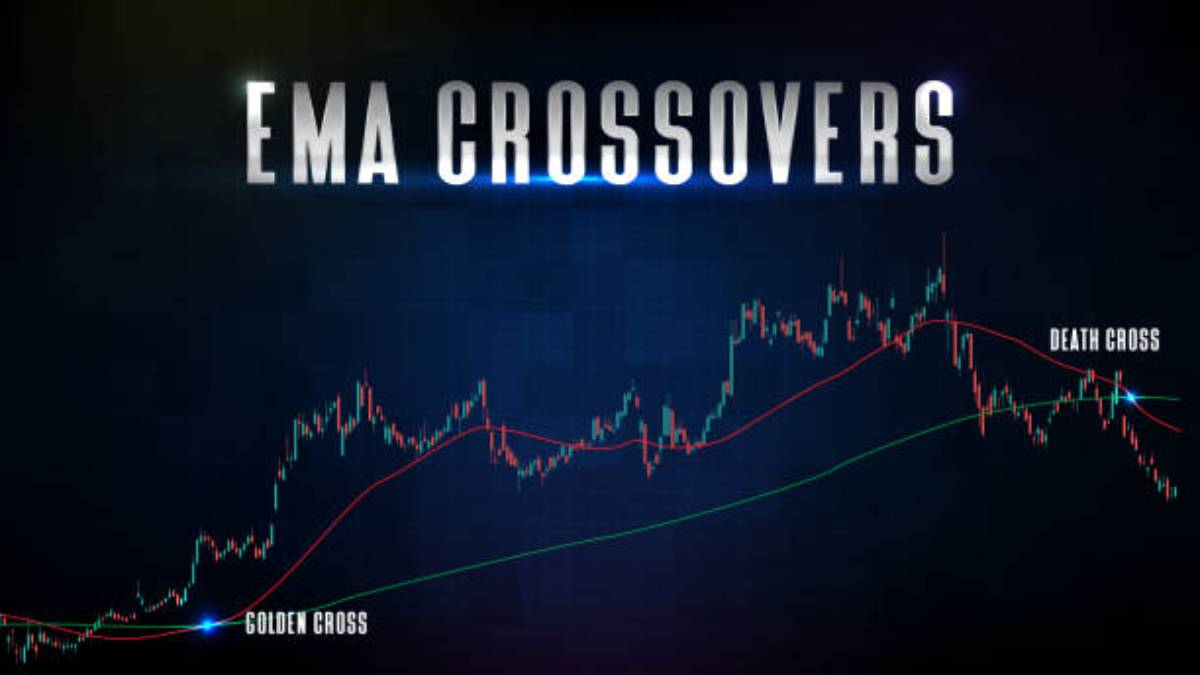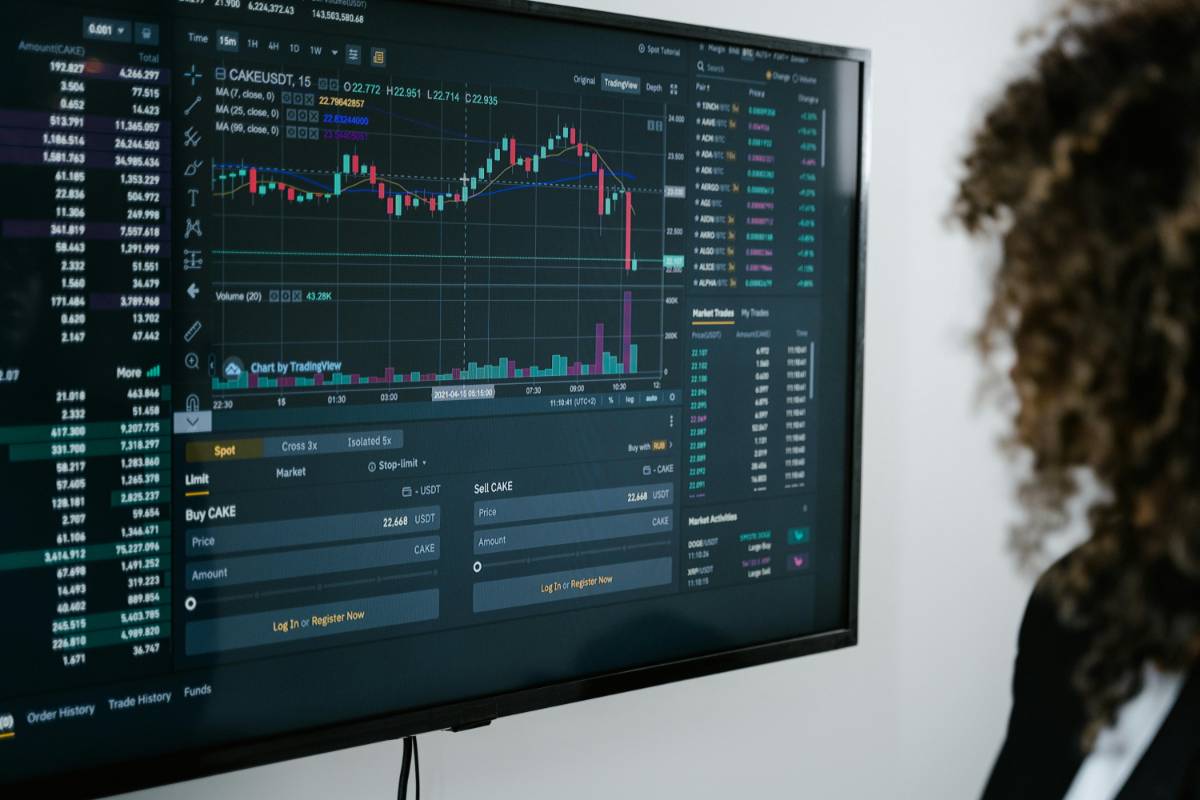
Passive vs. Active Investing: What Works Best in the U.S. Market?
 By Samantha Lee
By Samantha LeeInvestors often debate whether passive or active investing is the better strategy. Each approach has its benefits and drawbacks, and the best choice depends on financial goals, risk tolerance, and market conditions.
What is Passive Investing?
Passive investing involves buying and holding a diversified portfolio of assets, typically through index funds or ETFs, with minimal buying and selling.
It is a long-term strategy focused on steady growth and lower fees.
What is Active Investing?
Active investing requires frequent buying and selling of securities to outperform the market. This approach is used by fund managers and individual investors who analyze market trends and economic data.
It aims to achieve higher returns but comes with increased costs and risks.
Cost Differences
Passive investing usually has lower fees because it requires less management, whereas active investing often involves higher expense ratios and transaction costs.

Lower fees in passive strategies can lead to better long-term returns.
Performance Comparison
While some active investors outperform the market, studies show that most fail to beat passive index funds over the long run due to high fees and market inefficiencies.
Consistency favors passive investing for many investors.
You might also like
1. How to Build a Diversified Portfolio Using ETFs and Mutual Funds2. Best Bond ETFs and Mutual Funds for a Stable Portfolio3. Options Trading Strategies: Calls, Puts, and Spreads Explained4. The 3 Stocks Every Beginner Should Buy in 2024!Risk Considerations
Active investing allows for quicker adjustments in response to market changes, potentially reducing losses during downturns. However, it also carries the risk of poor decision-making and mistimed trades.

Passive investing offers stability but may not protect against sudden market drops.
Conclusion
Both strategies have their place in the U.S. market. Passive investing is ideal for long-term, cost-conscious investors, while active investing may suit those willing to take on higher risk for potential higher returns. A balanced approach combining both strategies can provide diversification and flexibility.
About the author
 By Samantha Lee
By Samantha LeeSamantha Lee is a seasoned finance writer with over 8 years of experience helping millennials and Gen Z take control of their money. With a background in economics and a passion for demystifying complex financial concepts, Ananya shares actionable tips on budgeting, investing, and building long-term wealth. Her mission is to make financial literacy accessible, relatable, and empowering — no jargon, just smart money moves.
More like this

Stock Buybacks: How They Influence Share Prices
Stock buybacks have become a common strategy for companies looking to boost share prices and reward investors. Understanding their impact can help investors make informed decisions.

Meme Stocks: Are They Making a Comeback?
Meme stocks took the financial world by storm in recent years, driven by online communities and retail investors. As market conditions shift, many wonder if these stocks are making a comeback.

Dividend Stocks vs. Growth Stocks: Where’s the Best Opportunity?
Investors often face a crucial decision when building their portfolios: Should they invest in dividend stocks for stability or growth stocks for higher returns? Understanding the differences can help in making the right choice based on financial goals and risk tolerance.

How Geopolitical Events Affect U.S. Stock Performance
Geopolitical events have a significant impact on the U.S. stock market, influencing investor sentiment, market volatility, and sector performance. Understanding these effects can help investors navigate uncertainty and make informed decisions.

AI and Automation: The Next Big Disruptors in the Stock Market
Artificial intelligence and automation are transforming industries, and the stock market is no exception. These technologies are reshaping investment strategies, trading mechanisms, and market dynamics at an unprecedented pace.

S&P 500 vs. Nasdaq: Where Should You Invest?
Investors often compare the S&P 500 and the Nasdaq when deciding where to allocate their funds. Understanding the differences between these indices can help you make a strategic investment choice based on your risk tolerance and financial goals.

Why Tech Stocks Are Leading the Market Again
Tech stocks are once again at the forefront of the market, driven by innovation, strong earnings, and investor optimism. As companies in the sector continue to expand their influence, understanding the reasons behind this surge can help investors make informed decisions.

The Impact of Federal Reserve Policies on the Stock Market
Federal Reserve policies play a crucial role in shaping the stock market. Interest rate decisions, quantitative easing, and regulatory measures directly impact investor sentiment and market performance. Understanding these effects can help traders and long-term investors navigate the evolving financial landscape.

Top Performing Stocks on Wall Street This Quarter
The latest quarter on Wall Street has seen significant movements, with some stocks outperforming expectations while others struggled to keep up. Understanding these trends can help investors make informed decisions moving forward.

U.S. Stock Market Outlook: What to Expect in 2025
As we move into 2025, investors are looking for insights into the U.S. stock market's potential trajectory. Market trends, economic policies, and global events will all play crucial roles in shaping investment opportunities.





